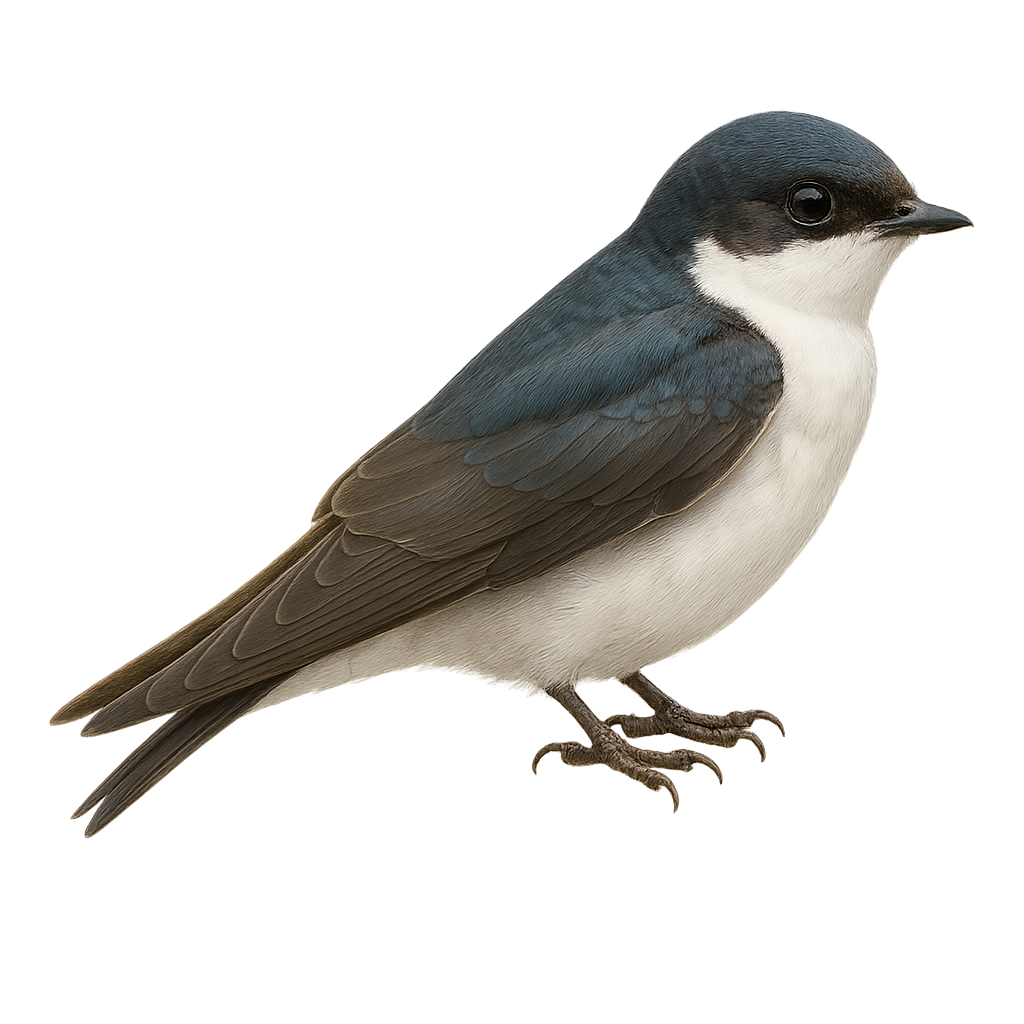Your wildlife photography guide.
Explore the mangrove swallow in detail, study its behavior, prepare your shots.
Where to observe and photograph the mangrove swallow in the wild
Learn where and when to spot the mangrove swallow in the wild, how to identify the species based on distinctive features, and what natural environments it inhabits. The WildlifePhotographer app offers tailored photography tips that reflect the mangrove swallow’s behavior, helping you capture better wildlife images. Explore the full species profile for key information including description, habitat, active periods, and approach techniques.
Mangrove Swallow
Scientific name: Tachycineta albilinea

IUCN Status: Least Concern
Family: HIRUNDINIDAE
Group: Birds
Sensitivity to human approach: Tolerant
Minimum approach distance: 5 m
Courtship display: March to April
Incubation: 14-16 jours
Hatchings: March to May
Habitat:
Mangroves, rivers, lakes
Activity period :
Primarily active during the day, with peak activity in the morning and late afternoon.
Identification and description:
The Mangrove Swallow, Tachycineta albilinea, is a small, elegant bird found in the neotropical regions. It is characterized by its iridescent blue-green back and white underparts. This species is often seen near water bodies like rivers, lakes, and mangroves, where it skillfully hunts flying insects. Known for its rapid and acrobatic flight, it often flies in small groups. Nests are typically built in natural or artificial cavities, with the female laying three to five eggs. Although its habitat is threatened by deforestation and pollution, it is currently classified as Least Concern by the IUCN.
Recommended lens:
400mm – adjust based on distance, desired framing (portrait or habitat), and approach conditions.
Photography tips:
To photograph the Mangrove Swallow, it is advisable to use a telephoto lens of at least 400mm to capture sharp images from a distance. Look for areas near water where these birds are active, especially in the morning or late afternoon. Be patient and ready to track their fast and unpredictable movements. Use a tripod to stabilize your camera and choose a fast shutter speed to freeze their flight. Take advantage of natural light to highlight the iridescent colors of their plumage.
The WildlifePhotographer App is coming soon!
Be the first to explore the best nature spots, track rutting seasons, log your observations, and observe more wildlife.
Already 1 431 wildlife lovers subscribed worldwide

